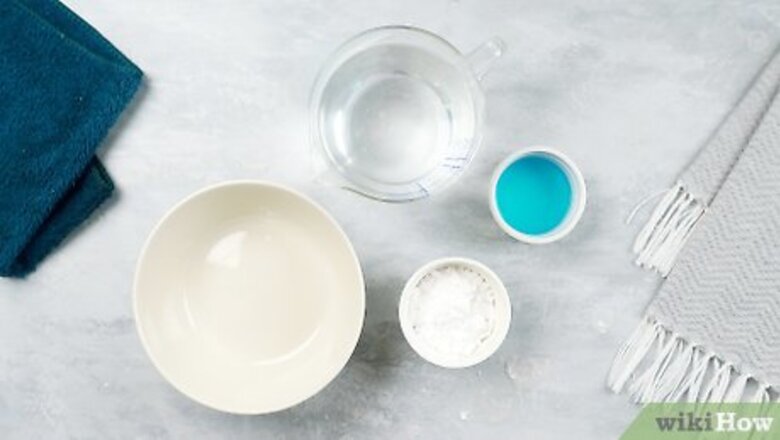
views
X
Research source
What cleaning products should I use to clean my refrigerator?
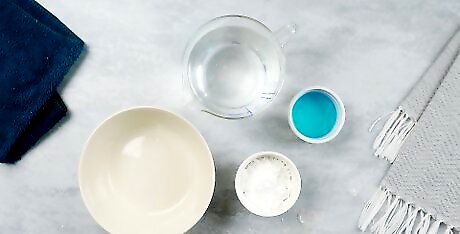
Gather clean dish towels, dish soap, hot water, and baking soda. Mix 1 part baking soda to 7 parts hot water and stir until the baking soda is dissolved. If you have an empty squirt bottle, you can pour the mix into that—otherwise, you can just dip your clean dishtowel into it. If there are small crevices in your fridge that you don't think you'll be able to reach with a dish towel, use an old toothbrush. Avoid commercial cleaners because their scent might transfer to your food. You can also use white vinegar (just dilute it with an equal amount of water), although the smell might linger.
Do I need to empty my refrigerator to clean it?
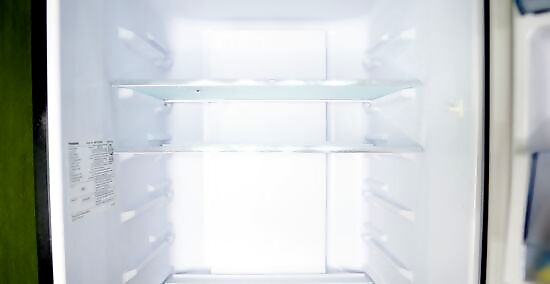
Yes, take all the food out before you clean the inside of your refrigerator. When you pull everything out, check the quality of the food and the expiration date on the package. Throw out anything that has expired or doesn't look edible. You can leave everything else out on a counter while you clean the fridge. If you think it's going to take you more than 2 hours to clean your fridge, keep your food in a cooler while you work. If you're only cleaning the outside of your refrigerator, it's fine to leave everything in it. If you're going to have to move the fridge, though, taking everything out of it might make it easier to move.
Should I unplug the fridge before cleaning it?
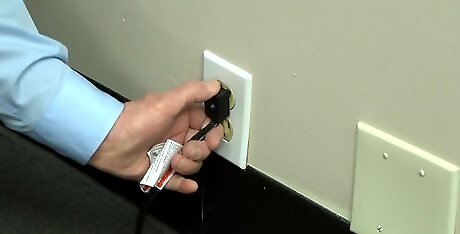
No, you don't need to unplug the fridge unless you're cleaning the coils. If you're just cleaning the inside and outside of your fridge, you can leave it plugged in. Your fridge doesn't need to be any specific temperature for you to clean it—just use hot water so the cold surface cleans more easily. If you have to pull out your fridge to get to the sides, you might have to unplug it to do that if the cord isn't long enough.
How can I clean shelving or drawers in my fridge?
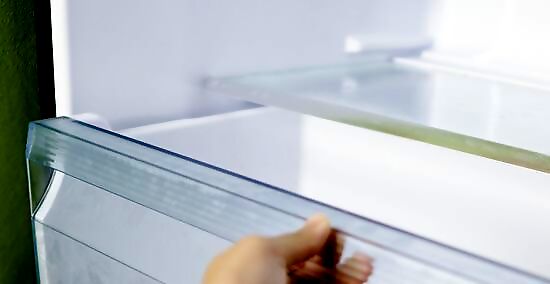
Take all your shelves and drawers out and hand-wash them. Use regular dish soap and hot water. If your shelves are made of glass, allow them to warm up to room temperature before you wash them—the quick change in temperature might cause the glass to break. If there are spills or food remnants that are harder to get off, let the shelf or drawer soak in the sink for a few minutes. It should come right off. Dry your shelves and drawers completely with a clean dish towel before putting them back in your fridge.
What if there are shelves that aren't removable?
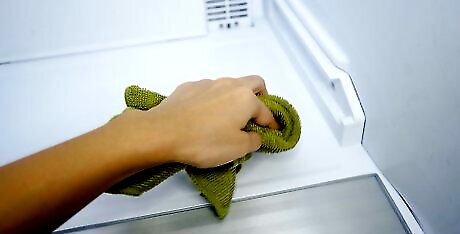
Work top to bottom to clean the inside of your fridge including non-removable shelves. By working top to bottom, you don't have to worry about sweeping crumbs or dirty run-off onto areas that have already been cleaned. For sticky, dried-on residue, hold a cloth soaked in hot water and baking soda over the spot for a minute or so to loosen it up—after that, it should wipe right up. Use a toothbrush to get into crevices and hard-to-reach areas that you can't clean with a cloth.
How should I clean the outside of a stainless-steel fridge?
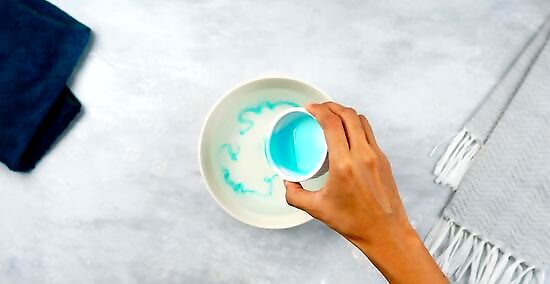
Wipe the surface with a soft, damp cloth and a drop of dish soap. Make sure your dish soap doesn't contain chlorine, which can damage the finish. This should be all you need to get everyday dust and grime off. Follow up by wiping it with a clean damp cloth, then a dry one. If you have stains that just won't come off, you might need to invest in a cleaner designed specifically for stainless steel. You can find these cleaners online or wherever cleaning products are sold, but don't waste your money just for routine cleaning—simple dish soap and water will usually do the trick. Never use abrasive cleaners or sponges on stainless-steel appliances—they can permanently scratch the surface.
How can I get gunk out of the seal around the door?

Use a cloth soaked in hot water and dish soap to clean the door seals. Technically called "gaskets," the rubber seals around your fridge's door can collect a lot of crumbs and debris. Wipe them clean, then rub a little vaseline or mineral oil along the rubber to condition it. Keeping the gasket clean helps your fridge door maintain a tight seal, which makes it more energy-efficient. While you're cleaning, look for any cracks or tears in the rubber, which can keep your fridge from maintaining a tight seal.
How often should I clean the condenser coils?
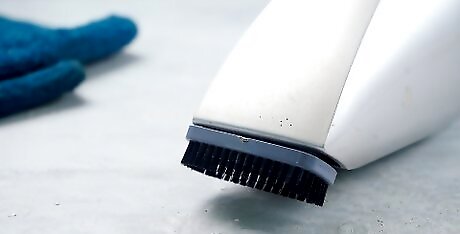
Clean your fridge's condenser coils at least once a year. Because your fridge's condenser coils are exposed, they accumulate dust over time. Unplug your fridge, then take a vacuum cleaner with a brush attachment and gently brush the dust off the coils. Even though most of the dust will get vacuumed up, you might want to wear a dust mask while you do this, especially if you have dust allergies. Use a condenser coil brush for a more thorough clean. You can buy one of these online or at a hardware store for about $10. This brush isn't a one-trick pony—you can use it to clean humidifier or air conditioning coils as well. If you have pets that shed a lot, you might need to clean the coils as often as once every 6 months, especially if your fridge's coils are located at its base instead of on the back.
How do I get rid of sticky labels or residue?
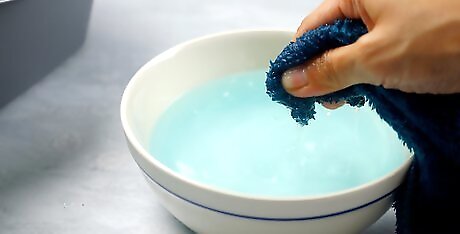
Start with hot soapy water, then use oil to remove the rest. Most sticky residue will come off if you put a cloth soaked in hot soapy water on it for a minute or so to loosen it up. If there's still residue remaining, any sort of oil (such as vegetable oil, mineral oil, or even baby oil) should get it off. You might also try a cotton swab dipped in rubbing alcohol. Soak the residue for a minute, then wipe it off. If you're able to get the residue off with oil, clean the area afterward with a cloth soaked in hot soapy water to remove the oil.
Should I sanitize my fridge before putting the food back in?
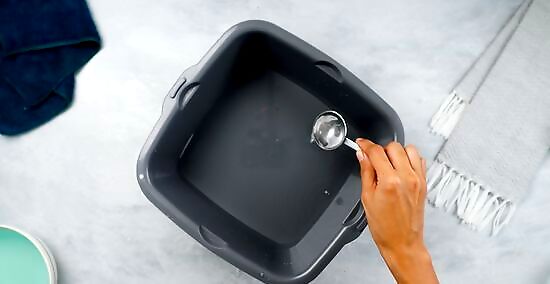
Sanitization is optional but is a good idea if you had spoiled or recalled food. Make a solution of 1 US tbsp (15 mL) of liquid bleach in 1 US gal (3.8 L) of water. Dip a clean, dry cloth in the solution and wipe it all over the inside of your fridge and the shelves to sanitize. If you sanitize, it's a good idea to leave the fridge door open for 10 minutes or so to let the fumes dissipate before you put your food back in and shut the door. Regardless of whether you do the sanitation step, wipe down all your bottles and containers before you put them back in your clean fridge—especially if they're sticky or were sitting in a dirty spot.
How often should I clean my fridge?
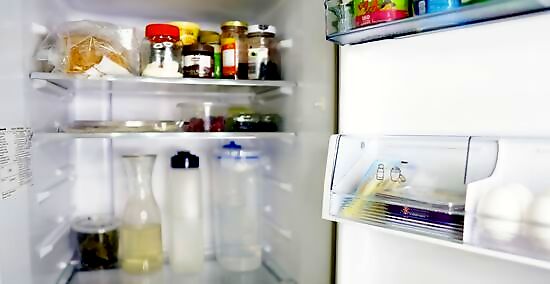
Deep-clean your fridge once every 3-6 months. How often you clean your fridge really depends on how much traffic it gets. In a larger household with several people constantly in and out of the fridge, plan on cleaning it more often. At a minimum, though, you should deep-clean your fridge at least twice a year to keep it working optimally. You still want to clean up any spills as soon as possible. Once something is dried, it's a lot harder to clean than if you get to it right away.
What can I do to prevent odors between cleanings?
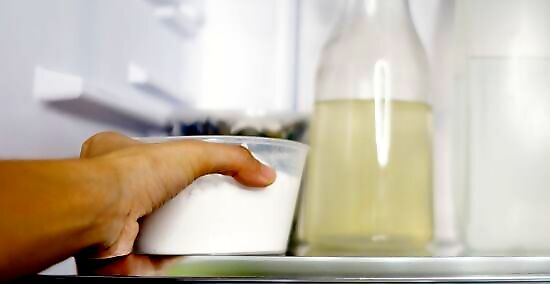
Put an open box of baking soda in the back of the fridge to absorb odors. Baking soda is a natural odor-absorber without a scent of its own, so you don't have to worry about it transferring different smells onto your food. The box works for this purpose for a couple of months, after which you should change it out. If space in your fridge is limited, buy a fridge deodorizer that will stick to the side or back of your fridge. These are available online or anywhere you would normally buy cleaning products.


















Comments
0 comment